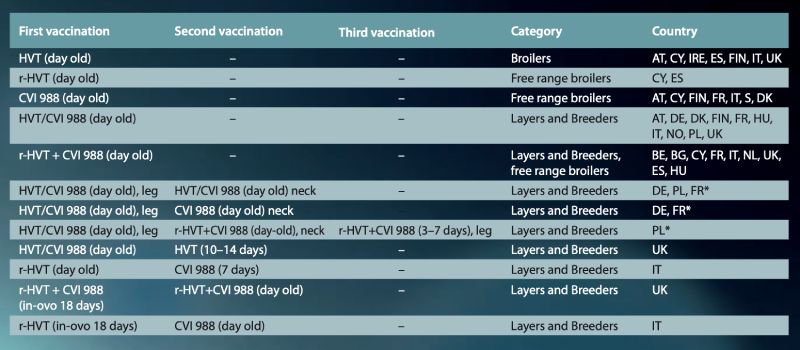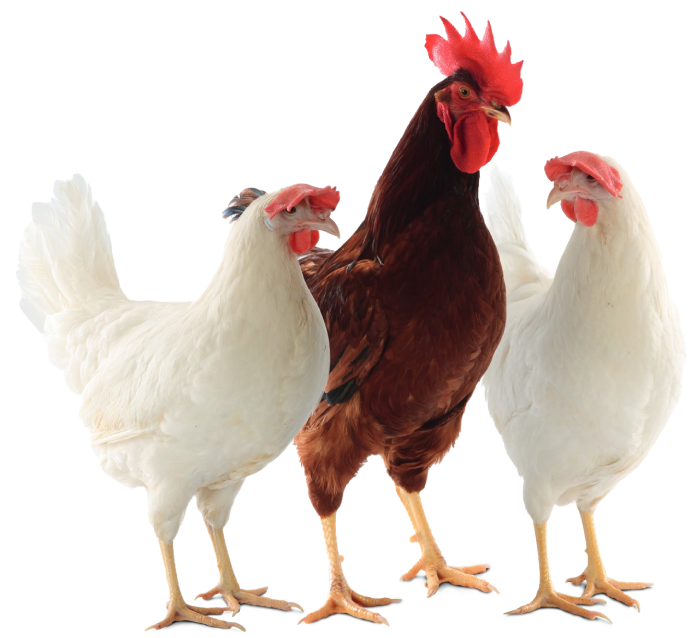From July 20 – 23, 2014, the 10th International Symposium on Marek’s
Disease and Avian Herpesvirus
with more than 200 participants was held
in East Lansing, hosted by the Michigan
State University and the USDA-ARS Avian
Disease and Oncology Laboratory (ADOL).
The symposium covered both Marek’s Disease, a Herpesvirus induced lymphoma,
as well as Infectious Laryngotracheitis, an
acute respiratory disease.
In sessions on Epidemiology & Diagnosis, Virology, Immunology, Host Genomics & Genetic Resistance, Pathogenesis as well as Vaccine & Protection 48 speakers presented their most recent work. As in previous Marek’s symposia many papers were related to molecular biological work for identi cation of the virus, characterization of pathogenicity, interactions of both eld and vaccine viruses with the hosts immune system and development of new vaccine strains.
A special program point was a panel discussion on “Perspectives on Marek’s Disease Breakthroughs since the 1930s”, featuring important advances over the last three decades of the 20th century discussed by important researches and scientists such as Peter Biggs, Bruce Calnek, Hsing-Jien Kung, Ton Schat, Jagdev Sharma, Egon Vielitz and Richard Witter, all well known for their engagement in Marek’s research and control.
The present situation of Marek’s Diseases in Europe was illustrated in a poster session by Dr. Egon Vielitz, presenting a survey done with veterinarians and members of the “Poultry Veterinary Study Group in the EU” (PVSG-EU). The Rispens (CVI 988) is still the most e ective vaccine strain used either in combination with HVT or with the recombinant HVT-IBD vector vaccine.
Dr. Matthias Voß Veterinary Laboratory
Table 1: Standard MD-vaccination schedules in Europe

Legend: AT Austria, BE Belgium, BG Bulgaria, CY Cyprus, DE Germany, DK Denmark, ES Spain, FIN Finland, FR France, HU Hungary, IT Italy, IRE Ireland, NL The Netherlands, NO Norway, PL Poland, S Sweden, UK The United Kingdom, * (under high infectious pressure)
In sessions on Epidemiology & Diagnosis, Virology, Immunology, Host Genomics & Genetic Resistance, Pathogenesis as well as Vaccine & Protection 48 speakers presented their most recent work. As in previous Marek’s symposia many papers were related to molecular biological work for identi cation of the virus, characterization of pathogenicity, interactions of both eld and vaccine viruses with the hosts immune system and development of new vaccine strains.
A special program point was a panel discussion on “Perspectives on Marek’s Disease Breakthroughs since the 1930s”, featuring important advances over the last three decades of the 20th century discussed by important researches and scientists such as Peter Biggs, Bruce Calnek, Hsing-Jien Kung, Ton Schat, Jagdev Sharma, Egon Vielitz and Richard Witter, all well known for their engagement in Marek’s research and control.
The present situation of Marek’s Diseases in Europe was illustrated in a poster session by Dr. Egon Vielitz, presenting a survey done with veterinarians and members of the “Poultry Veterinary Study Group in the EU” (PVSG-EU). The Rispens (CVI 988) is still the most e ective vaccine strain used either in combination with HVT or with the recombinant HVT-IBD vector vaccine.
Dr. Matthias Voß Veterinary Laboratory
Table 1: Standard MD-vaccination schedules in Europe

Legend: AT Austria, BE Belgium, BG Bulgaria, CY Cyprus, DE Germany, DK Denmark, ES Spain, FIN Finland, FR France, HU Hungary, IT Italy, IRE Ireland, NL The Netherlands, NO Norway, PL Poland, S Sweden, UK The United Kingdom, * (under high infectious pressure)






